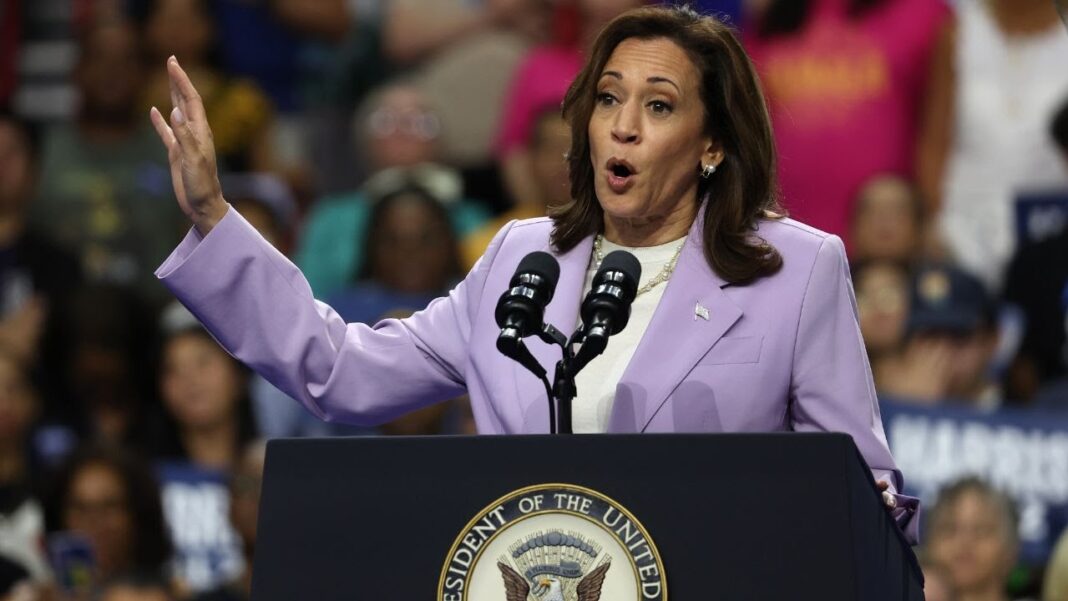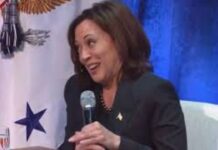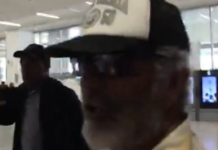The media has shown considerable support for Vice President Kamala Harris since her nomination as the Democratic candidate for president; however, this trend appears to be shifting, as certain liberal news outlets and journalists are beginning to express criticism towards her. Nancy Rommelmann of The Atlantic scrutinized President Joe Biden’s assertion that “during the pandemic, Kamala helped states and cities get their schools back open.” The author contended that this statement is fundamentally inaccurate.
“In fact, America’s public schools were kept closed in Democratic-run cities and states well into the Biden administration, as a direct result of Biden-administration policies,” she said. “Democrats might count on Americans to be forgiving, but they are not stupid, and they would do well to not let the pageantry of televised politics obfuscate the fact that they are being lied to.”
“But then we couldn’t get off. We were captive to decisions sold in the name of science but created more crudely by teachers’ unions and political appointees. Children were among the worst off as America—blue America, really, like the host city to the Democratic National Convention—kept its schools closed longer than any peer country,” the author said.
“Does the Biden administration expect voters to not remember this? In our supposed exuberance over Kamala Harris, are we somehow supposed to invent a memory of her heroic effort to pry open schools? Although gaslighting is a term we should probably retire for overuse, it’s worth keeping in mind as we look at the 2020–21 school-reopening timeline we are being asked to magically revise in 2024, with an eye toward what, if anything, Harris had to do with it,” she said.
“Biden promised during the 2020 campaign to get schools open once it was safe. That December, after he’d won the election but before taking office, Biden further vowed to reopen schools within the first 100 days. That pledge raised concerns with teachers, who did not want to go back to the classroom unless they received certain assurances,” she said.
“In February, their campaign got an assist from CDC Director Rochelle Walensky, who, after back-channel meetings with a variety of influential players—including Randi Weingarten, the president of the American Federation of Teachers, and Becky Pringle, the president of the National Education Association—came out with long-awaited reopening guidelines. These included a recommendation that schools in designated COVID hot spots maintain six-foot distancing. Sound reasonable? It wasn’t. Distancing makes in-school learning extremely difficult, and at the time, the great majority of students lived in what the CDC considered high-transmission areas. Although many red states had the good sense to ignore the CDC’s advice, many blue states did not, and Democratic cities dominated by teachers’ unions condemned their students to remote schooling indefinitely. White House Press Secretary Jen Psaki provided cold comfort when she told the media that Biden’s goal was to have ‘more than 50 percent [of schools] open by day 100 … at least one day a week,’” she said.
She stated that the responsibility was not solely with the vice president; rather, Harris also failed to influence the administration’s stance on its policies.
“Instead of facing down the teachers’ unions and urging local jurisdictions to reopen their schools immediately, the Biden administration decided to try buying their cooperation. On March 5, Harris made what might be seen as her debut on the school-reopening stage, when she cast the tiebreaking vote that allowed the Senate to keep discussing the proposed American Rescue Plan. A week later, Biden signed it into law, allowing $200 billion to flow to K–12 schools—much of it for staffing, but also for improved HVAC and other upgrades that teachers had requested,” she said.






